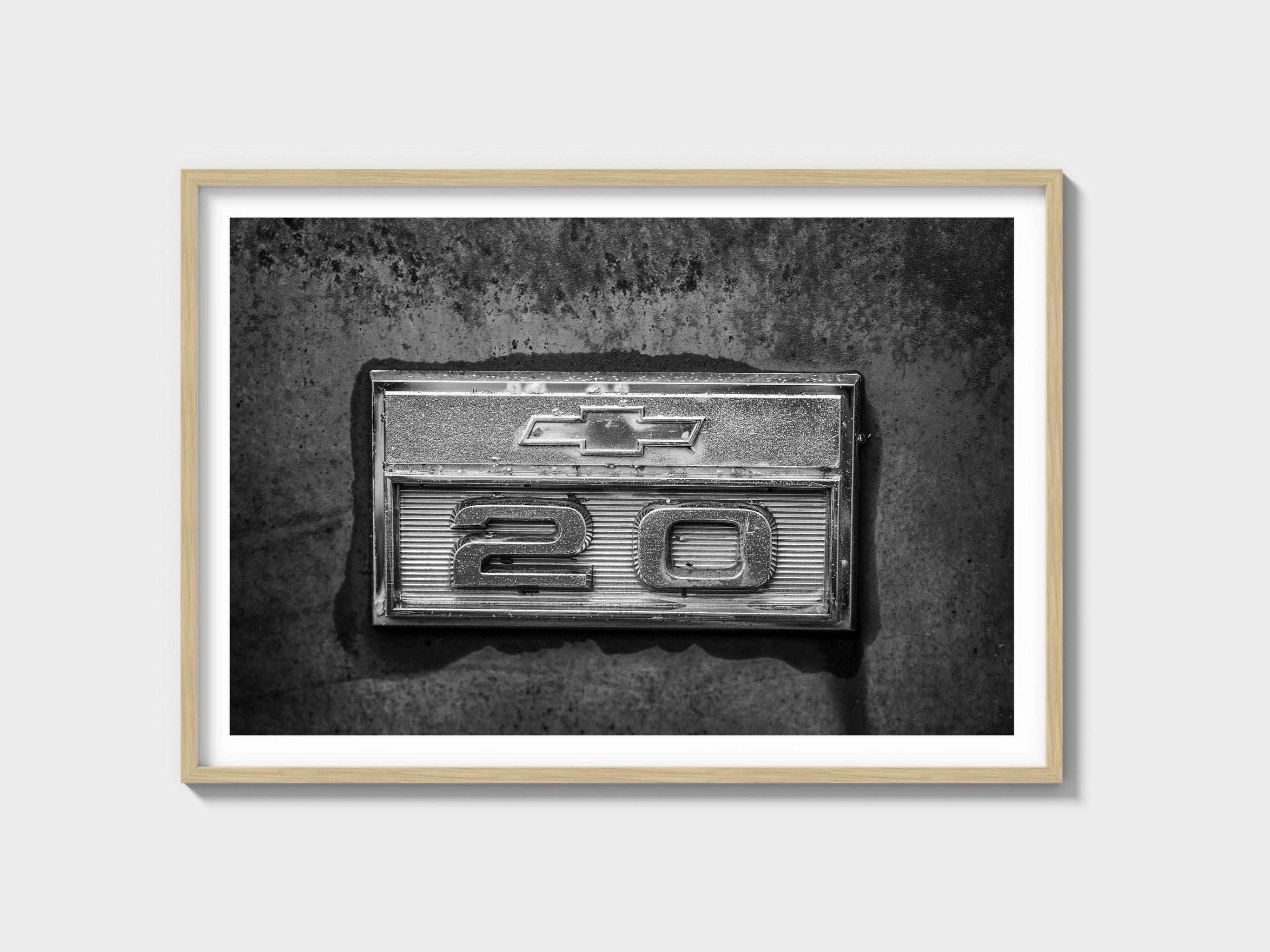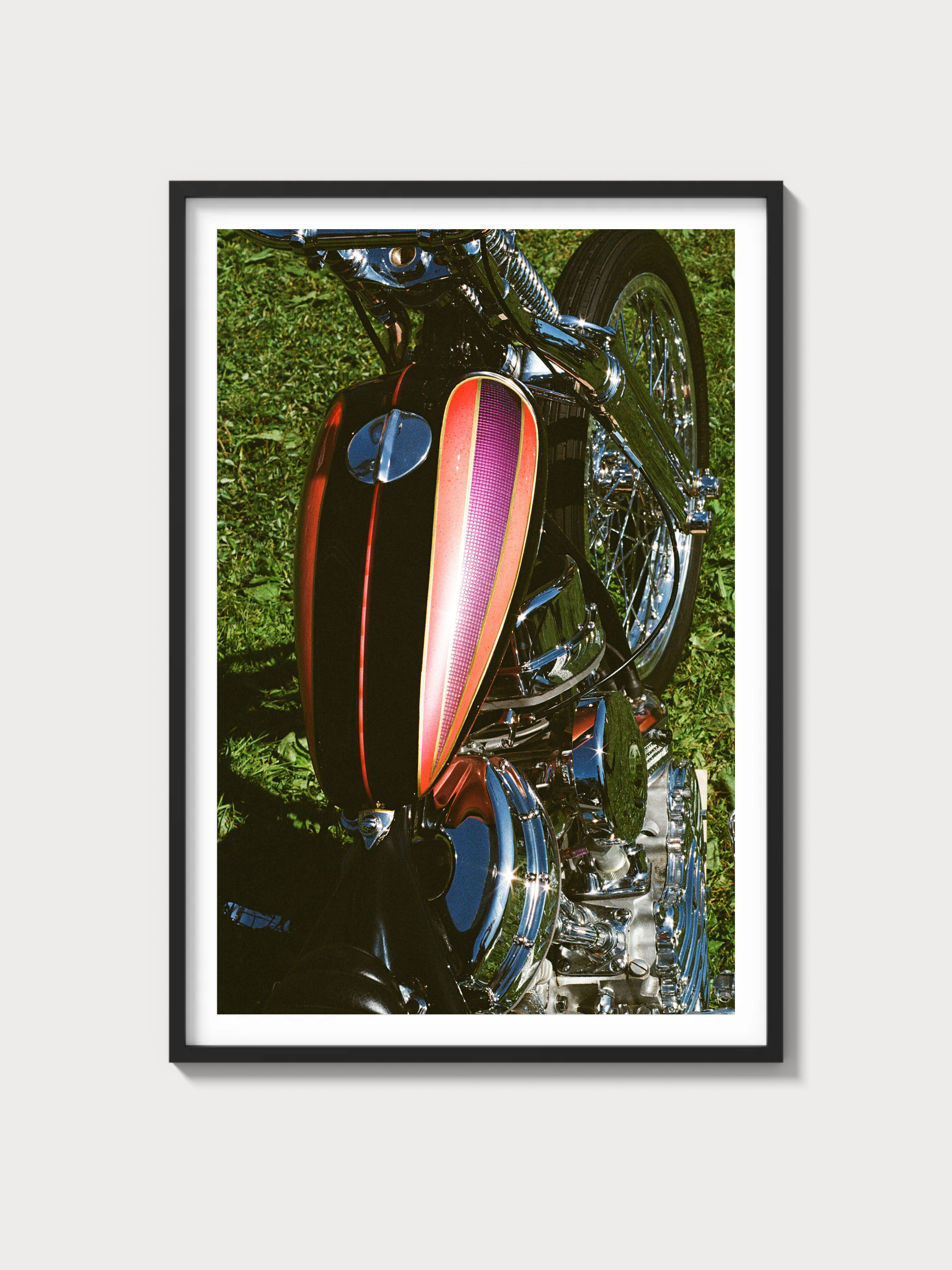2007–2014 Chevrolet Suburban Base (10th Gen, GMT900)
Historical context and development background
Chevrolet’s Suburban has the longest continuous model lineage in American automotive history, and the 2007–2014 generation—internally coded GMT900—landed at a pivotal moment. The GMT900 program replaced the GMT800 trucks and SUVs with a focus on improved structural rigidity, better refinement, and a significant step in safety and electronics. The Suburban Base sat as the honest spec within the lineup: body-on-frame, three rows, long wheelbase, and a 5.3-liter V8—everything buyers expected from a Suburban, minus the frippery.
Corporate strategy consolidated global full-size SUV development under GM’s truck group, sharing hard points with Silverado/Sierra but with SUV-specific tuning. The design language sharpened: a higher beltline, tighter shutlines, and aerodynamics better than its predecessor, aided by integrated fascias and smoother underbody airflow. The cabin moved markedly upscale in fit and finish versus GMT800, while keeping the intuitive, truck-forward control layout that fleets and families appreciated.
In the marketplace, the Suburban’s long-wheelbase niche faced direct rivals in Ford’s Expedition EL (extended-length) and, later, Toyota’s second-generation Sequoia. Within GM, the GMC Yukon XL offered a slightly more premium take, but the Chevrolet Suburban Base provided the most straightforward spec and best value retention in commercial and family duty. Motorsport wasn’t part of its brief; its reputational capital came from durability in service fleets, law enforcement transport, and tow duty.
Engine and technical specs (Base 1500)
The heart of the Base is GM’s Gen IV small-block 5.3-liter V8, most commonly the FlexFuel-capable LMG (iron block) or LC9 (aluminum block) depending on driveline and build. Active Fuel Management (AFM) cylinder deactivation arrived here, delivering four-cylinder operation under light loads. The engine retained the classic cam-in-block, two-valve-per-cylinder architecture with modernized controls and emissions hardware.
| Specification | Detail |
|---|---|
| Engine configuration | 90° OHV V8 (Gen IV small-block), aluminum or iron block (application-dependent), aluminum heads |
| Displacement | 5,328 cc (325 cu in) |
| Horsepower | 310–320 hp @ ~5,200 rpm (calibration/fuel-dependent) |
| Torque | Approx. 335–340 lb-ft @ ~4,000 rpm |
| Induction type | Naturally aspirated |
| Redline | ~6,000 rpm |
| Fuel system | Sequential multi-port fuel injection; many units FlexFuel (E85-capable) |
| Compression ratio | ~9.9:1 (typical LMG/LC9) |
| Bore x Stroke | 96.0 mm x 92.0 mm (3.78 in x 3.62 in) |
Driveline offerings spanned 2WD and 4WD, with a traditional transfer case and low range on 4WD models. Early trucks paired the 5.3 with a 4-speed automatic; later models adopted GM’s 6-speed, bringing a taller top gear and closer spacing in the mid-range. Heavy-duty 2500-series Suburbans used a 6.0-liter V8 (LY6/L96) without AFM for durability and towing headroom.
Driving experience and handling dynamics
On the road, the Suburban Base feels every inch the long-wheelbase SUV—stable and unflustered at speed. The GMT900 frame and body mount revisions improved NVH substantially over GMT800; wind and tire noise are subdued, and the 5.3 V8 hums away in the background with a pleasing small-block timbre. Throttle mapping is calibrated for torque at low to mid rpm, making light work of highway merges and two-lane passes, especially when the 6-speed automatic arrived with its shorter first and double overdrive.
Steering is recirculating ball, but effort and on-center tracking are better than the spec sheet suggests. The Base rides on a front independent short/long arm setup with coil-over shocks. In the 1500, the rear is a solid axle located by five links with coil springs—excellent for ride quality considering the vehicle’s mass and wheelbase. LTZ trims optionally added GM’s Autoride electronic damping and rear load-leveling; the Base sticks with passive dampers, which many owners prefer for simplicity.
Braking is via four-wheel discs with ABS and stability control (StabiliTrak). Pedal feel is consistent; fade resistance is adequate for the mission profile when the system is in good order and wearing quality pads. The 2500-series, with its leaf-sprung rear axle and heavier-duty components, trades some secondary ride for payload and towing stability.
Full performance specs (representative ranges)
| Metric | Suburban Base 1500 (5.3 V8) | Notes |
|---|---|---|
| 0–60 mph | ~8.5–9.0 seconds | 2WD at the quicker end; 4WD slightly slower |
| Quarter-mile | ~16.6–17.1 seconds | Trap speeds typically in the mid- to high-80s mph |
| Top speed | ~106–108 mph (governed) | Limiter varies by tire rating and calibration |
| Curb weight | ~5,600–6,100 lb | Equipment- and driveline-dependent |
| Layout | Front-engine; RWD or 4WD | Traditional ladder frame |
| Brakes | Four-wheel disc with ABS; StabiliTrak stability control | Vacuum-assisted |
| Suspension (front/rear) | SLA independent / 5-link solid axle (coils) | 2500 uses heavy-duty components; leaf-spring rear |
| Gearbox | 4-speed auto (early) or 6-speed auto (later) | 6-speed improved acceleration and highway rpm |
Variant breakdown (10th Gen Suburban family)
The Base sat beneath well-equipped LT and range-topping LTZ trims. Long-wheelbase platform commonality means driveline and chassis hardware largely overlap, with differences in equipment and electronics. 2500-series heavy-duty variants targeted towing and commercial needs.
| Trim/Edition | Years | Drive | Engine | Key differences | Production numbers |
|---|---|---|---|---|---|
| Base (LS-equivalent) | 2007–2014 | 2WD or 4WD | 5.3L V8 (LMG/LC9); 4-spd early / 6-spd later | Cloth seating, basic audio, manual liftgate, steel/aluminum wheels depending on package | Not individually published by GM |
| LT | 2007–2014 | 2WD or 4WD | 5.3L V8 | Upgraded audio, power seats, additional comfort/convenience packages | Not individually published by GM |
| LTZ | 2007–2014 | 2WD or 4WD | 5.3L V8 | Leather, Autoride damping with rear load-leveling, navigation, premium wheels, exterior chrome accents | Not individually published by GM |
| 2500 (Heavy-Duty) | 2007–2013 (retail availability varied by market) | 2WD or 4WD | 6.0L V8 (LY6/L96), heavy-duty auto | Leaf-spring rear axle, 8-lug hubs, higher GVWR, tow-focused gearing | Not individually published by GM |
| SSV/Commercial/Fleet | 2007–2014 | 2WD or 4WD | 5.3L V8 (select equipment deletions) | Uprated cooling/electrical, vinyl floors, simplified interiors, blacked-out trim options | Not individually published by GM |
Color and badge variations were straightforward: Chevrolet bowties with chrome or body-color grilles depending on trim; special appearance packages occasionally added blacked-out trim or unique wheels.
Ownership notes: maintenance and what to watch
- Engine and AFM: The 5.3L’s AFM system is known for lifter collapse and oil consumption in some units. Regular oil changes with the correct dexos-approved oil, maintaining PCV system health, and updated lifter/valley cover components are common remedies when issues arise.
- Transmissions: Early 4-speed automatics can exhibit 3–4 clutch wear; the later 6-speed autos improved drivability but can show torque converter shudder if fluid degrades. Periodic fluid service (especially under towing/severe duty) helps longevity.
- Cooling and auxiliaries: Radiators, water pumps, and fan clutches are wear items; towing accelerates service intervals. Keep an eye on transmission coolers and lines.
- Suspension and steering: Front-end wear (ball joints, tie rods, hub bearings) is typical with mileage. Autoride compressors/shocks (if equipped) are costlier; the Base’s passive dampers simplify replacement.
- Electrical and interior: Door lock actuators, HVAC blend door actuators, and dash-pad cracking on GMT900 interiors are common talking points. Liftgate struts lose charge over time.
- Corrosion: Brake and fuel lines, rear frame sections, and rocker/quarter panels can corrode in road-salt regions; inspection is key.
- Service intervals (typical): Engine oil 5,000–7,500 miles (or per OLM), transmission fluid and filter under severe duty around 50,000–60,000 miles, differential fluid roughly 50,000 miles when towing, spark plugs around 100,000 miles, coolant (Dex-Cool) 5 years/150,000 miles.
- Parts availability: Excellent, thanks to commonality with Silverado/Tahoe/Yukon and vast aftermarket support.
- Restoration difficulty: Mechanically straightforward; interior plastics and trim in correct colors/finishes can be the hardest items to source in top condition.
Cultural relevance and market view
The Suburban Base’s cultural footprint is outsized: it is a default choice for large families, long-distance road trippers, commercial shuttle fleets, and public-sector duty. Its silhouette—especially in dark colors on simple alloys or steel wheels—has become visual shorthand for government motorcades and studio backlots. Screen time is abundant across films and television where a long, anonymous, tough SUV is needed.
Collector desirability tilts toward low-mile, rust-free examples with documented maintenance; 2500-series trucks with the 6.0L V8 draw particular interest among towing enthusiasts. Historically, auction and private-sale results show clean, low-mileage Suburbans trading at a premium over work-worn fleet examples, with condition, mileage, 4WD, and 2500 specification being the key value drivers.
FAQs
Is the 2007–2014 Suburban Base reliable?
Yes, when maintained. The 5.3L small-block is fundamentally robust, but AFM lifter issues and oil consumption are known. Proactive maintenance and correct fluids help. Transmissions benefit from periodic fluid service, especially if the vehicle tows.
What engines were offered?
Base 1500 models used the 5.3L Gen IV V8 (LMG/LC9), many with FlexFuel capability. Heavy-duty 2500 models used a 6.0L V8 (LY6, later L96) without AFM for durability.
How quick is it?
A representative Suburban Base 5.3 does 0–60 mph in roughly 8.5–9.0 seconds and runs the quarter-mile in the mid to high 16s. Top speed is typically governed around 106–108 mph depending on calibration and tires.
What transmissions were fitted?
Early GMT900 Suburbans paired the 5.3 with a 4-speed automatic; later models adopted a 6-speed automatic. Heavy-duty 2500s used a heavy-duty automatic suited to higher GVWR and towing.
Common problems to check before buying?
AFM lifter noise/misfire, oil consumption, transmission shift quality (especially TCC shudder on neglected 6-speeds), front-end wear items, HVAC actuators, door lock actuators, cracked dash pads, and corrosion on lines and frame sections.
What sets the 2500 apart?
Eight-lug wheels, leaf-spring rear axle, 6.0L V8 without AFM, higher GVWR, and tow-focused gearing. Ride is firmer; capability is greater.
Are parts and upgrades readily available?
Yes. Mechanical parts are widely available through OEM and aftermarket channels, with numerous upgrade paths for suspension, braking, and towing hardware.
Why the Base still makes sense
The Base trim distills the Suburban formula—space, range, and durability—without complication. It’s the version that fleets chose for a reason, and that simplicity is precisely what makes it appealing to long-term owners and enthusiasts who prize serviceability over spec-sheet glitz.

















































